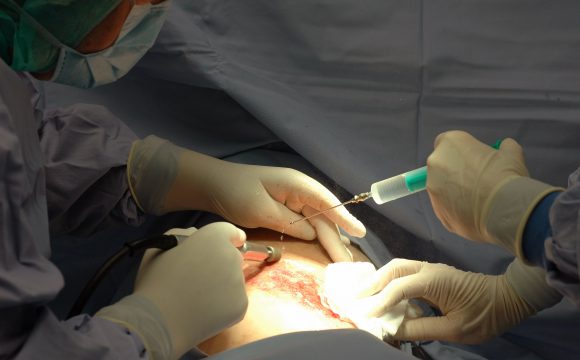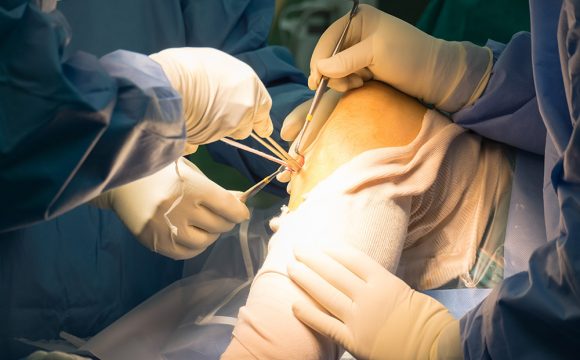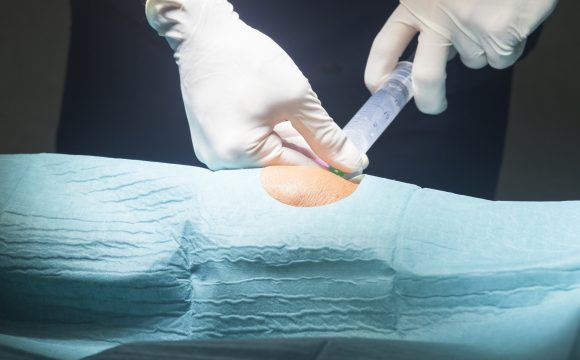Phlebectomy involves surgically removing medium to large varicose veins near the skin surface by inserting a surgical instrument with a hook through small incisions made in the skin and pulling the veins out in segments.
About Us
Vein Centers of Jamaica is proud to announce the opening of our second clinical site in Sagicor Center, Montego Bay.
Treatments
Vein Centers of Jamaica, specializes in 3 types of treatment, giving you a range of options to choose from, leaving with the desired results.
Opening Hours
Monday – Friday 8:30 A.M. – 4:30 P.M
Saturday & Sunday – Closed
Treatments
Testimonials
What Our Clients Say
Professionals
Our Doctors
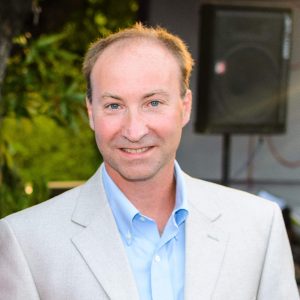
Dr. Bart Muhs MD., PhD., FACS
Vascular Surgeon
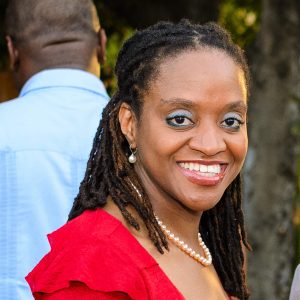
Dr. Hilary Brown M.D., FACS
Vascular Surgeon
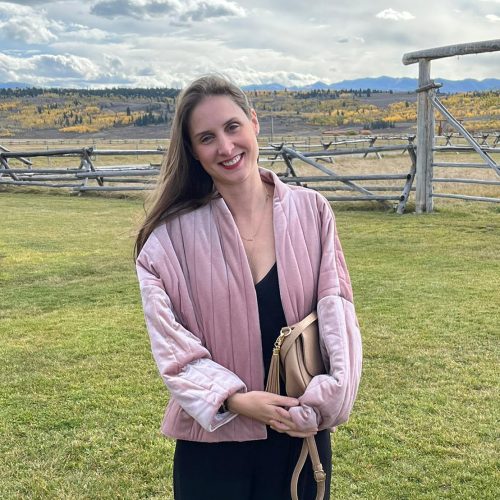
Dr. Megan Shue MD, FACS
Vascular Surgeon
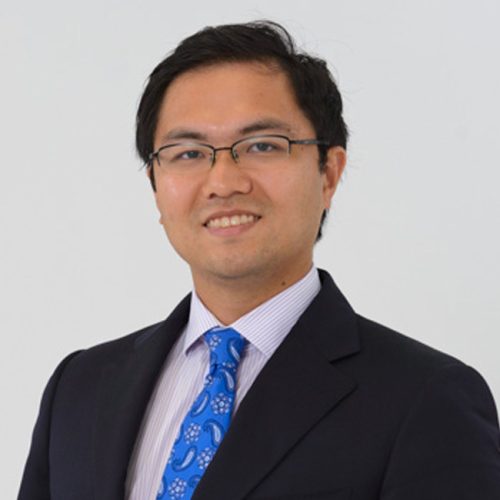
Dr. Bing Shue MD, FACS
Vascular Surgeon
FAQ
Have some Questions?
Every case of varicose veins is different. While some patients will see their symptoms worsen, others could be at risk of coming down with a range of more serious, potentially life-threatening conditions.
There is a recurrence rate after both varicose vein surgery and laser ablation. The report of recurrence varies anywhere from 5 to 15 percent. This recurrence rate depends on many factors, including type of procedure performed, genetic history and expertise of the treating physician.
Many factors increase a person’s chances of developing varicose or spider veins. These include:
- Increasing age. As you get older, the valves in your veins may weaken and not work as well.
- Medical history. Being born with weak vein valves increases your risk. Having family members with vein problems also increases your risk. About half of all people who have varicose veins have a family member who has them too.
- Hormonal changes. These occur during puberty, pregnancy, and menopause. Taking birth control pills and other medicines containing estrogen and progesterone also may contribute to the forming of varicose or spider veins.
- Pregnancy. During pregnancy, there is a huge increase in the amount of blood in the body. This can cause veins to enlarge. The growing uterus also puts pressure on the veins. Varicose veins usually improve within 3 months after delivery. More varicose veins and spider veins usually appear with each additional pregnancy.
- Obesity. Being overweight or obese can put extra pressure on your veins. This can lead to varicose veins.
- Lack of movement. Sitting or standing for a long time may force your veins to work harder to pump blood to your heart. This may be a bigger problem if you sit with your legs bent or crossed.
- Sun exposure. This can cause spider veins on the cheeks or nose of a fair-skinned person.

